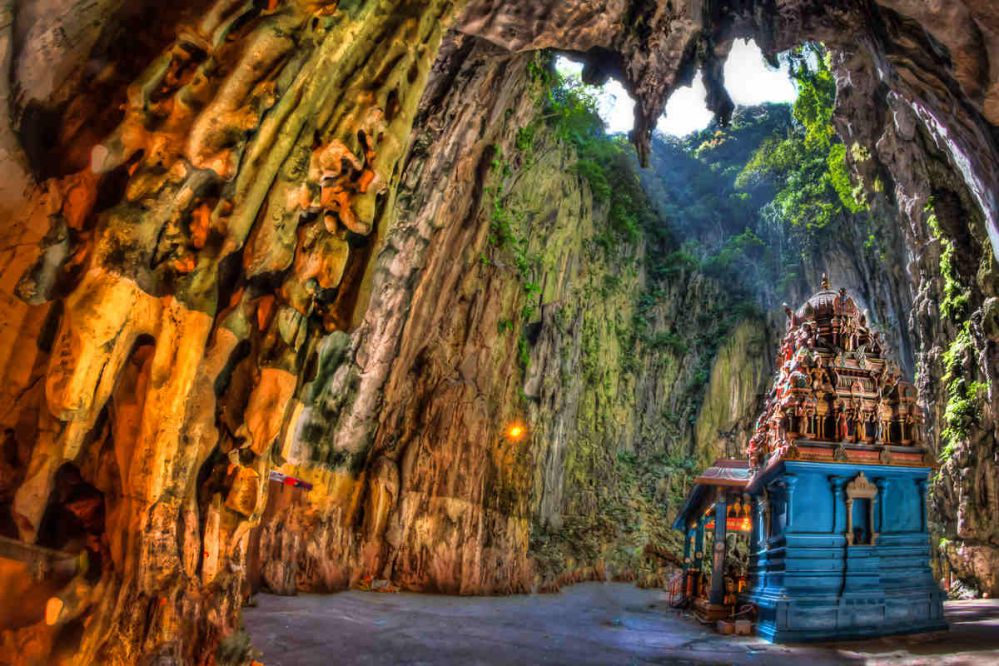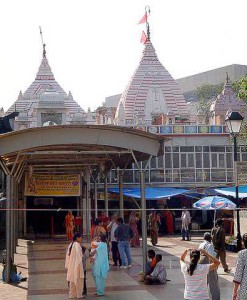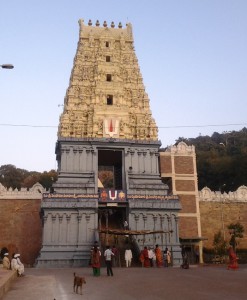No products in the cart.
Batu Caves, one of Kuala Lumpur’s most frequented tourist attractions, is a limestone hill comprising three major caves and a number of smaller ones. Located approximately 11 kilometres to the north of Kuala Lumpur, this 100-year-old temple features idols and statues erected inside the main caves and around it. Incorporated with interior limestone formations said to be around 400 million years old, the temple is considered an important religious landmark by Hindus.
Cathedral Cave – the largest and most popular cavern in Batu Caves – houses several Hindu shrines beneath its 100-metre-high arched ceiling. At the foot of Batu Hill are two other cave temples – the Art Gallery Cave and Museum Cave – which houses numerous Hindu statues and paintings.
Batu Caves, Malaysia
- Temple History
- Architecture
- How To Reach The Temple
- Daily Poojas And Festivals
- Videos
- Additional Information
The limestone forming Batu Caves is said to be around 400 million years old. Some of the cave entrances were used as shelters by the indigenous Temuan people (a tribe of Orang Asli).
As early as 1860, Chinese settlers began excavating guano for fertilising their vegetable patches. However, they became famous only after the limestone hills were recorded by colonial authorities including Daly and Syers as well as American Naturalist, William Hornaday in 1878.
Batu Caves was promoted as a place of worship by K. Thamboosamy Pillai, an Indian trader. He was inspired by the ‘vel’-shaped entrance of the main cave and was inspired to dedicate a temple to Lord Murugan within the caves. In 1890, Pillai, who also founded the Sri Mahamariamman Temple, Kuala Lumpur, installed the murti (consecrated statue) of Sri Murugan Swami in what is today known as the Temple Cave. Since 1892, the Thai Poosam festival in the Tamil month of Thai (which falls in late January/early February) has been celebrated there.
Wooden steps up to the Temple Cave were built in 1920 and have since been replaced by 272 concrete steps. Of the various cave temples that comprise the site, the largest and best known is the Temple Cave, so named because it houses several Hindu shrines beneath its high vaulted ceiling.
Rising almost 100 m above the ground, the Batu Caves temple complex consists of three main caves and a few smaller ones. The biggest, referred to as Cathedral Cave or Temple Cave, has a very high ceiling and features ornate Hindu shrines. To reach it, visitors must climb a steep flight of 272 steps.
At the base of the hill are two more cave temples, Art Gallery Cave and Museum Cave, both of which are full of Hindu statues and paintings. This complex was renovated and opened as the Cave Villa in 2008. Many of the shrines relate the story of Lord Murugan’s victory over the demon Soorapadman. An audio tour is available to visitors.
The Ramayana Cave is situated to the extreme left as one faces the sheer wall of the hill. On the way to the Ramayana Cave, there is a 15 m (50 ft) tall statue of Hanuman and a temple dedicated to Lord Hanuman, devotee and aide of Lord Rama. The consecration ceremony of the temple was held in November 2001.
The Ramayana Cave depicts the story of Rama in a chronicle manner along the irregular walls of the cave.
A 42.7-metre (140 ft) high statue of Lord Murugan was unveiled in January 2006, having taken 3 years to construct. It is the tallest Lord Murugan statue in the world.
By Car or Taxi
Batu Caves is accessible by car or taxi as it is situated beside the main highway of MRR2 in Batu Caves area.
KTM Komuter
There is also the KTM Komuter train service from KL Sentral to Batu Caves.
Monorail and Bus
From KL Sentral, take the monorail service to Titiwangsa station. Alight here and take the bus to Batu Caves.
Opening Hours: Daily, 06:00 – 21:00
Batu Caves is the focal point of the annual Hindu festival of Thaipusam, which attracts thousands of devotees and visitors. Usually held at the end of January, the procession begins on the evening before the Thai Poosam Festival at the Sri Mariamman Temple in KL city centre.
The procession more often than not, arrives at Batu Caves in the wee hours of the morning the next day; the entire celebration commences then and is a colorful event that lasts a total of eight hours. In the past the festival has attracted more than one million pilgrims, making it one of the largest gatherings in the world.
The other important Hindu temple in Kuala Lampur is the Sri Mahamariamman Temple. The Sri Mahamariamman Temple is Kuala Lumpur’s oldest Hindu temple. Founded in 1873, the magnificent temple sits on the edge of the Chinatown. This temple has been an important place of worship for all of the Indian immigrants ever since its existence and it is now an important cultural and national heritage site. The temple is extravagantly decorated with precious stones, gold and Spanish and Italian tiles in its design. The main half, which is for prayers, is richly decorated and it is where three shrines to different deities are located.













